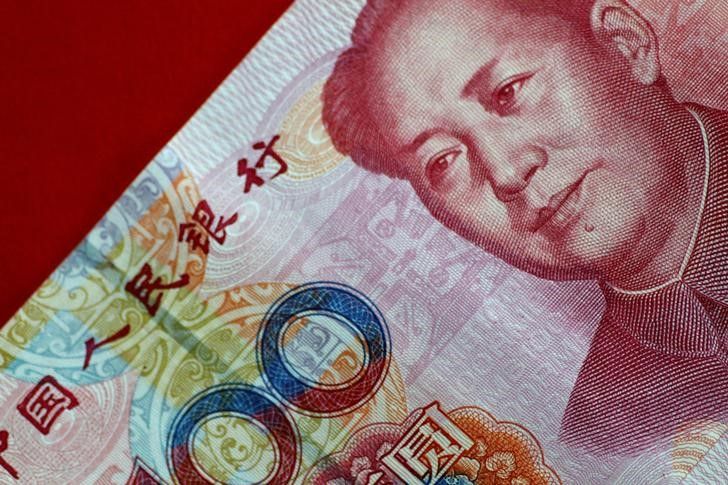Asia FX weakens after soft China GDP, dollar steadies

Investing.com -- Many currencies in Asia experienced declines on Monday, following negative economic indicators from China, while the dollar remained stable as markets speculated on the future direction of U.S. interest rates.
The latest figures on the gross domestic product (GDP) in China have validated concerns that the revival of the biggest economy in Asia is losing momentum. This development might compel the authorities in Beijing to implement additional measures to stimulate growth.
However, it also indicated a decline in the Asian economy in the short term, leading investors to secure the profits they had gained from the recent growth in local currencies. The trading activity was also relatively low due to Japan observing a market holiday.
The market stabilized in Asian trading following significant declines last week, making a gradual return towards the 100 level.
Newly published information from Friday revealed that the United States displayed strong resilience throughout June, leading to growing worries that this pattern may contribute to persistent inflation and maintain the Federal Reserve's stance as being more cautious and aggressive.
However, significantly milder-than-anticipated figures led to doubts in the markets regarding the extent to which the Federal Reserve could continue increasing interest rates.
Yuan Weakens As GDP Disappoints
The blog section performed poorly for the day, experiencing a decrease of 0.4% following the release of data indicating a slowdown in Chinese economic growth during the second quarter.
The second quarter witnessed a meager 0.8% expansion compared to the previous one, as well as when compared to the corresponding period of the previous year.
The data indicated that China was facing difficulties in sustaining the impressive economic progress witnessed in the initial quarter. Consequently, it is expected that the government will introduce additional measures to stimulate growth in the upcoming months. As a result, the value of the yuan is likely to be negatively affected.
However, the central bank of China, known as the People's Bank of China, maintained stability in medium-term lending rates on Monday. This suggests that there may be a comparable adjustment to the benchmark loan prime rate (LPR) later this week. In June, the bank had decreased the LPR in order to stimulate economic expansion.
Worries about China's impact extended to other currencies, as the Australian dollar, which heavily relies on trade with China, dropped by 0.4%. The Singapore dollar experienced a 0.6% decline, while the Southeast Asian currencies saw the biggest losses with a 0.6% decrease.
The apartment experienced little to no activity in overseas transactions.
Focus On Fed Rate Hikes
Many Asian currencies had strong increases during the previous week, while the dollar was almost at its lowest point in 15 months due to a disappointing U.S. inflation reading for June.
The article inspired speculation that the Federal Reserve was nearing the highest point of interest rates it plans to implement, and that the anticipated increase at the end of July will be the final one for this year according to the central bank.
Even if the Federal Reserve decides to take a break after July, there won't be significant improvements in Asian currencies. This is because the strength of the US dollar will continue to hinder their growth.









































